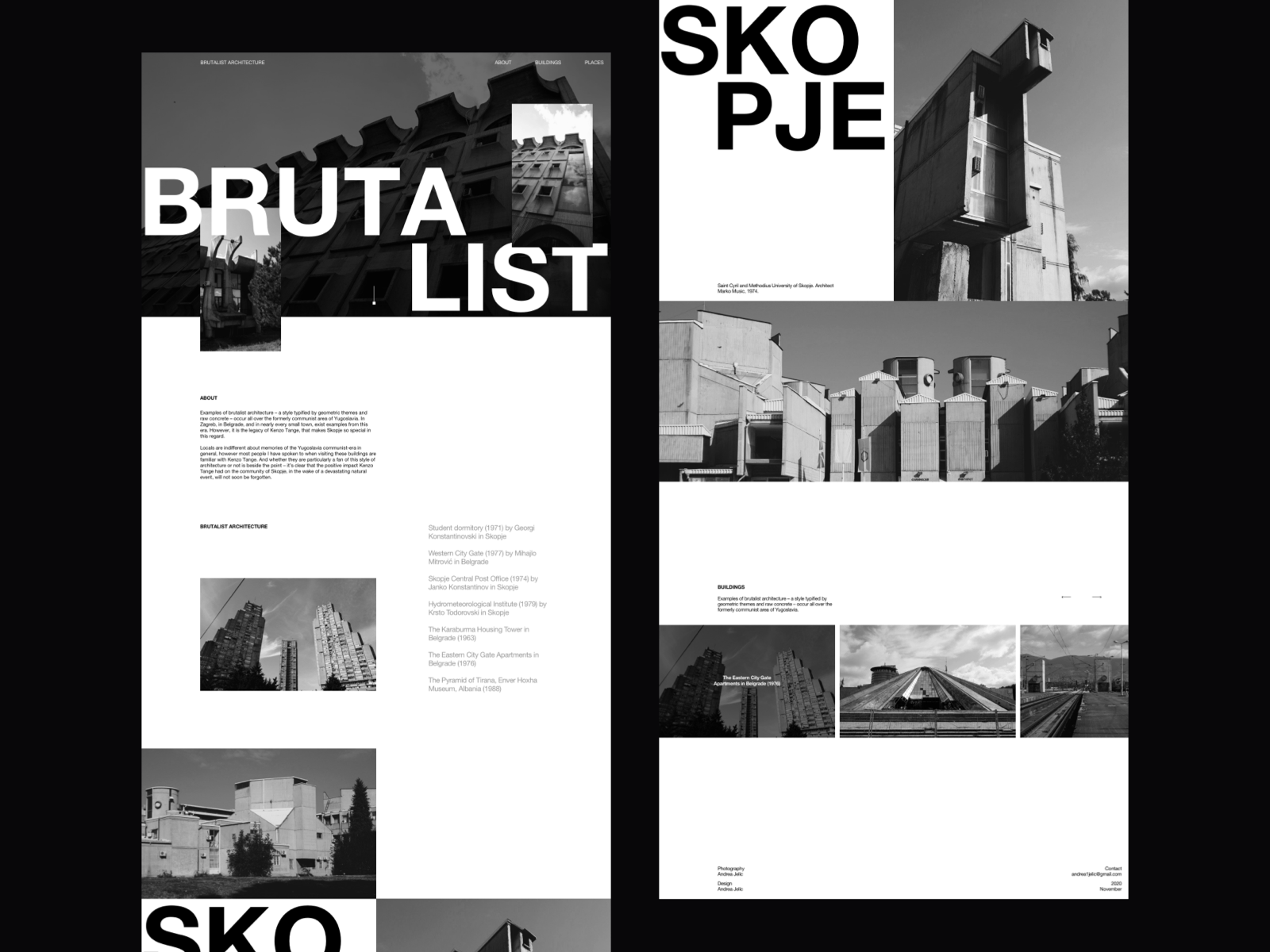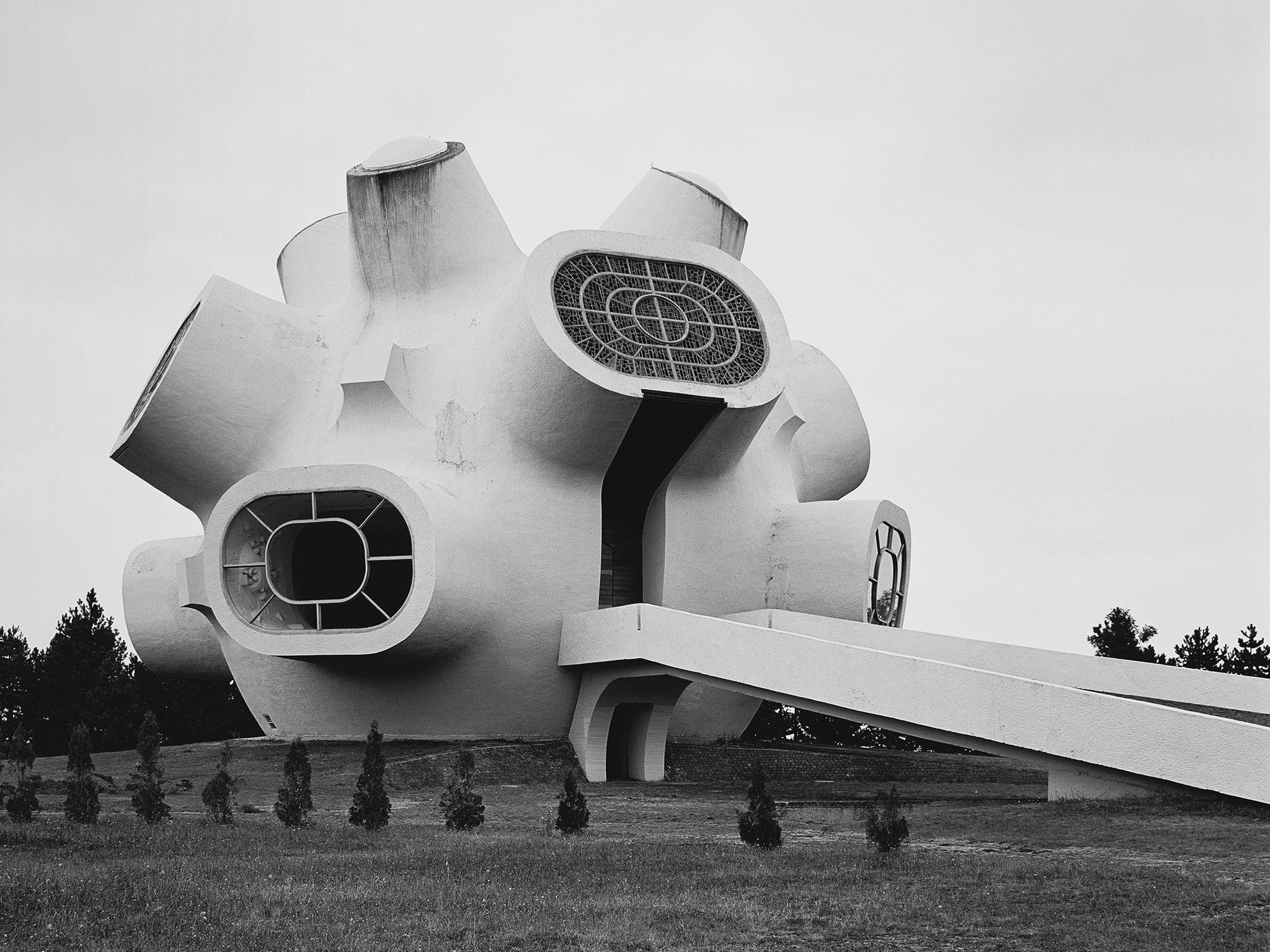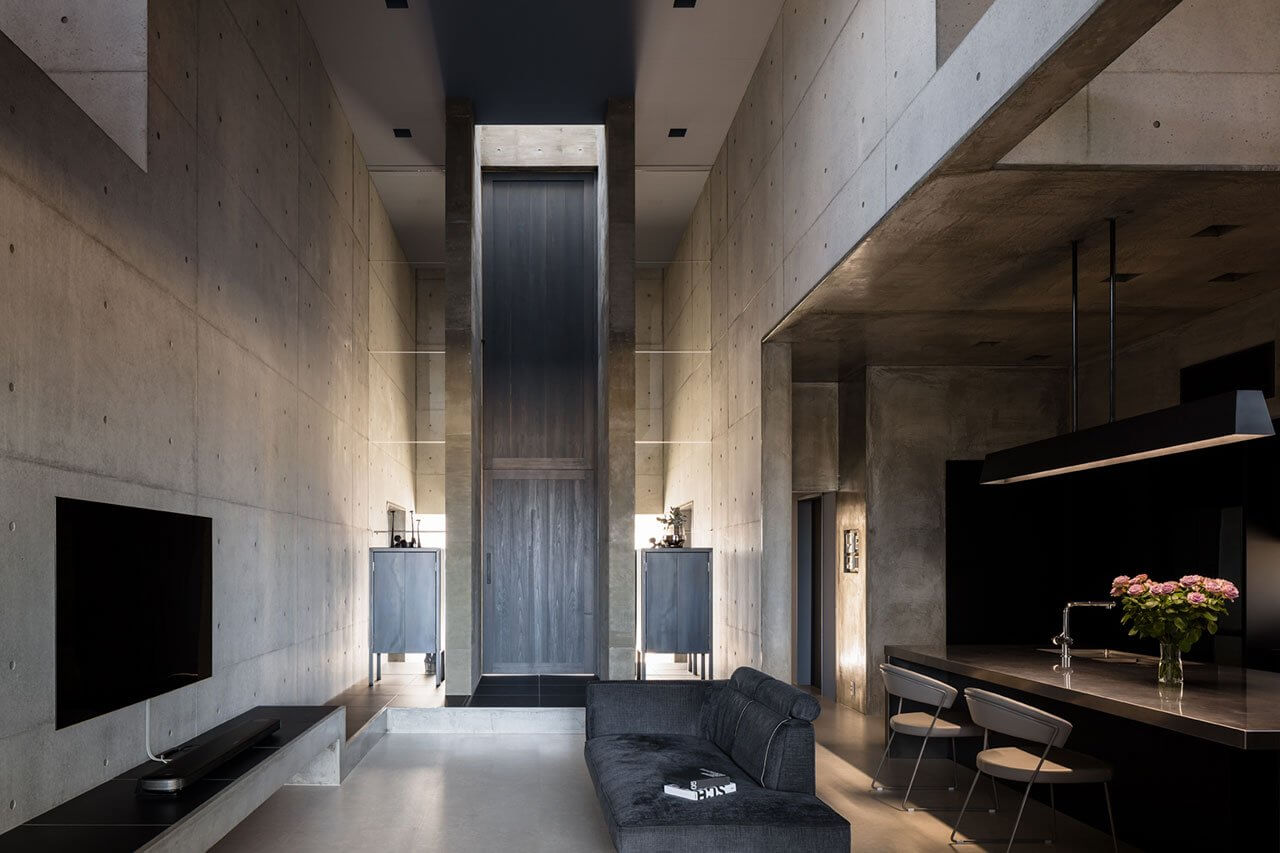Brutalism Architecture in California: Bold and Unapologetic Style
Table Of Content

Schools, government buildings, apartments, and other important structures were built in the brutalist style because time and efficiency were the priority during this period of post-war recovery. The practicality of brutalism allowed cities to quickly rise from the rubble and move forward. The name Brutalism derives from early Brutalist architect Le Corbusier’s use of the French phrase “béton brut,” which refers to the raw or exposed concrete integral to Brutalism. The term Brutalist then developed alongside the architectural style in the UK. “Brutalist architecture is an architectural style that developed in the 1950s in postwar Europe (especially the UK) and became more widespread in the United States in the 1960s,” says Kate Reggev, a New York City-based architect and historian. “Stylistically, it employed a minimalist, modernist approach to design that sought to create functional buildings—often out of concrete—most commonly with simple forms that were 'honest' in the way they expressed their materials and structure."
Want design tips & business trends (and the occasional promotion) in your inbox?
Brutalist architecture emphasizes raw materials, particularly concrete, but web design is obviously digital, devoid of physical materials—raw or otherwise. But the underlying traits of brutalism, namely authenticity and efficient construction, transcend genre. Neo Brutalism or Neubrutalism is a modern look of the Brutalist Architecture style from the 1950s to the mid-1970s. This architecture emphasizes the construction using Raw concrete with a limited palette of materials with large geometric forms with simple and clean lines as well as Rough and raw surfaces.
Embracing Brutalist Design : Tips for Art Collectors
Preservationists clamor for their survival, historians laud their ethical origins and an independent public has found beauty in their rawness. For an aesthetic once praised for its “ruthless logic” and “bloody-mindedness” — in the much-quoted phrasing of critic Reyner Banham — it is a surprising turn of events. Brutalist buildings met the need to rapidly and inexpensively rebuild after a devastating world war. Its principles of simplicity and functionality apply readily to web design and development. For example, a website formed of a single scrollable webpage with anchors is likely to be cheaper and easier to maintain and redesign than an elaborate multi-page site, and may even have usability benefits.
Free your inner design rebel with brutalist cues

His architectural style went through several phrases before he developed his final, Brutalist-inspired approach. Known for its use of functional reinforced concrete and steel, modular elements, and utilitarian feel, Brutalist architecture was primarily used for institutional buildings. They were also used for important residential buildings in order to rationally address the critical need for housing. Imposing and geometric, Brutalist buildings have a distinct graphic quality that is part of what makes them so appealing today. But why is brutalism called brutalism, is it because of its “brutal” and rough appearance? The word Brutalism doesn't come from its harsh aesthetic, but from the material it is made of.

Dezeen Jobs
DC’s brutalist buildings tell a half-hidden history - Greater Greater Washington
DC’s brutalist buildings tell a half-hidden history.
Posted: Wed, 14 Feb 2024 08:00:00 GMT [source]
What is missing is the honesty—a regular feature of brutalist buildings is that you can clearly imagine their interiors from the outside. In Control, however, the interior of the Oldest House is unsettlingly labyrinthine and endless. At several moments, players witness the stone slabs literally rearranging themselves.
Among these is the Italian 3D printing company WASP, which has overhauled tunnel 54 to house a 3D Crane printer that manufacturers walls and other architectural elements on site. Among the exhibitors was Tbilisi-based design collective SOCII, which showcased a collection of furniture made solely from reclaimed materials and which will occupy a permanent space within tunnel 38 at Dropcity. And just as music shapes design — think jazz album cover versus metal album cover — design also codes how we hear music.
Which have been updated with modern amenities while retaining their original architectural integrity. Many of these relics remain around the world, with some of the most imposing and iconic buildings showcasing brutalist architecture. These include Boston City Hall, the Barbican Centre in London, and the Habitat 67 housing complex in Montreal, Canada.
RentCafe’s Biggest Design Styles for 2024 Include Brutalism - Apartment Therapy
RentCafe’s Biggest Design Styles for 2024 Include Brutalism.
Posted: Sat, 03 Feb 2024 08:00:00 GMT [source]
Brutalist buildings are rooted in communal living, which is why the buildings are typically large and harsh. In this guide, we'll review the Brutalist design in greater detail by revisiting its historical context, identify the characteristics of Brutalist buildings, and take a look at contemporary buildings that adhere to the style. Many of the defining aspects of the style have been softened in newer buildings, with concrete façades often being sandblasted to create a stone-like surface, covered in stucco, or composed of patterned, precast elements.
This design trend is one that emerged in 1960s Italian architecture as well as in web design in the 1990s — it was characterized by garish, exaggerated, and disorienting interfaces. We haven't seen the last of Brutalism, says Pixel Design Collaborative cofounder Maria Gossett. "I think this is due, in part, to the more prevalent use of industrial materials in spaces. We are all much more comfortable and familiar with concrete as a medium, and there is something to the lack of frills and decorations that makes the style feel honest." Even though it tries to be the opposite, Brutalism has close ties with modernism since they both focus on "honesty" through the natural appearance of shapes.
The editors also feature several works by Brazilian architect Lina Bo Bardi, such as her rough concrete masterpiece SESC Pompéia (1977) in São Paulo. Identifying her work as “arquitectura povera” in homage to the radical art movement Arte Povera, she reconstructed the industrial shell of a former steel drum factory into a cultural arts and sports center. In some ways the Miesian derivations at Hunstanton were something of a false start for the emerging Brutalism. The movement's most important single influence was undoubtedly Le Corbusier's Unité d'Habitation in Marseille, both in terms of aesthetics and social programme. Completed in 1952, the Unité comprised 12 storeys of generously proportioned apartments accessed from interior "streets", raised up on pilotis and topped by a roof terrace – all built from roughly cast béton-brut. While architecture moved on to 1980s and 1990s postmodernism and today's contemporary styles, "#brutalism" was rediscovered on social media.
The word brutalism is derived from the French term béton brut, which means raw concrete. Originally, it was used to describe a style of raw, exposed architecture that emerged in the late 1940s and early 1950s. "Today, elements of the design style are being brought into the home through color, furniture and accessories. Cool concrete grays tones are being balanced with warm brass and tan shades," says Ashley Banbury, senior color designer for HGTV HOME by Sherwin-Williams. "The look of concrete is sleek and modern but has this variation and imperfection in color that is widely appealing," adds Sue Kim, color marketing manager at Valspar.
Look closely at the concrete surfaces of many Brutalist buildings, and you’ll see the unique patterns left by the grain of the wood frames used to mold each concrete block. From typography to a color palette (or lack thereof), a brutalist website intentionally creates an environment that feels raw and unpolished. In 2016, the Washington Post reported that “the hottest trend in Web design is making intentionally ugly, difficult sites," an approach which they called “web brutalism." While architectural brutalism declined in popularity after the 1970s, another, unexpected, source of Brutalist renaissance is in web design. Nonetheless, iconic works of Brutalism such as the Barbican Estate in London were finished during this period.
Comments
Post a Comment